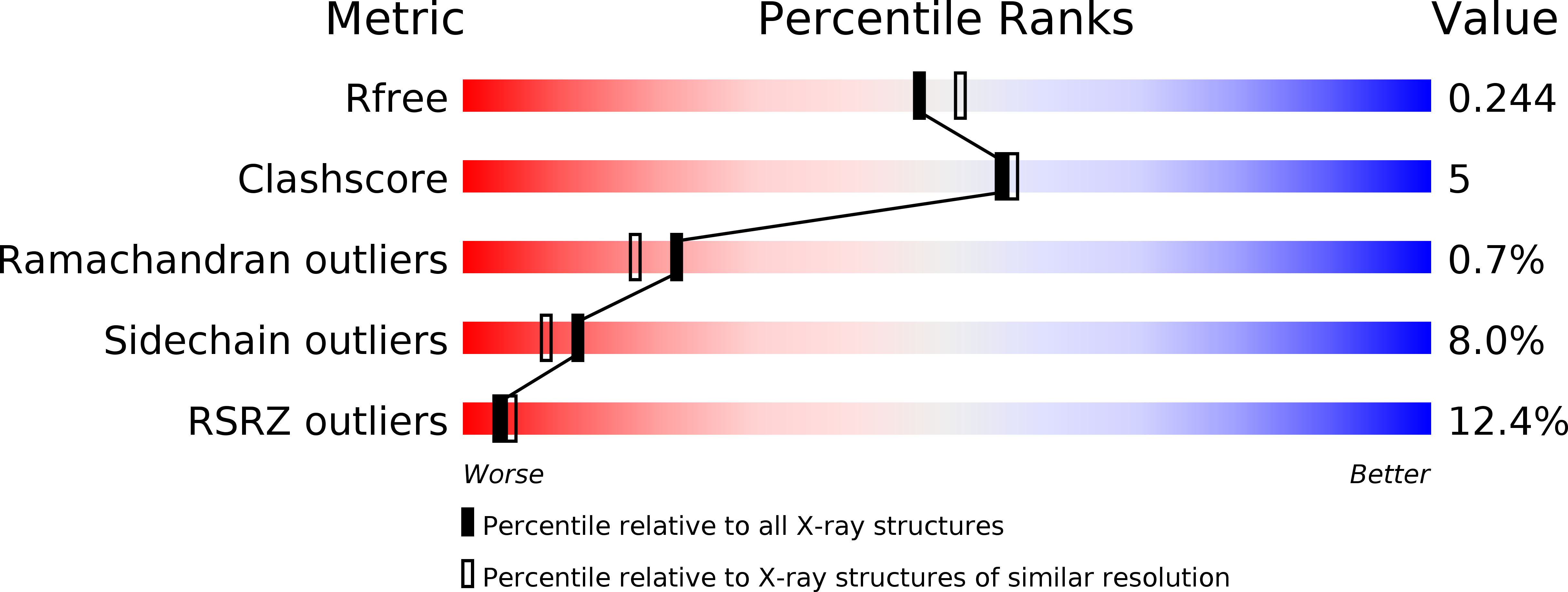
Deposition Date
2003-10-23
Release Date
2003-12-16
Last Version Date
2024-02-14
Entry Detail
PDB ID:
1R8A
Keywords:
Title:
Crystal Structures of an Archaeal Class I CCA-Adding Enzyme and Its Nucleotide Complexes
Biological Source:
Source Organism:
Archaeoglobus fulgidus (Taxon ID: 2234)
Host Organism:
Method Details:
Experimental Method:
Resolution:
2.10 Å
R-Value Free:
0.24
R-Value Work:
0.18
R-Value Observed:
0.18
Space Group:
C 1 2 1


